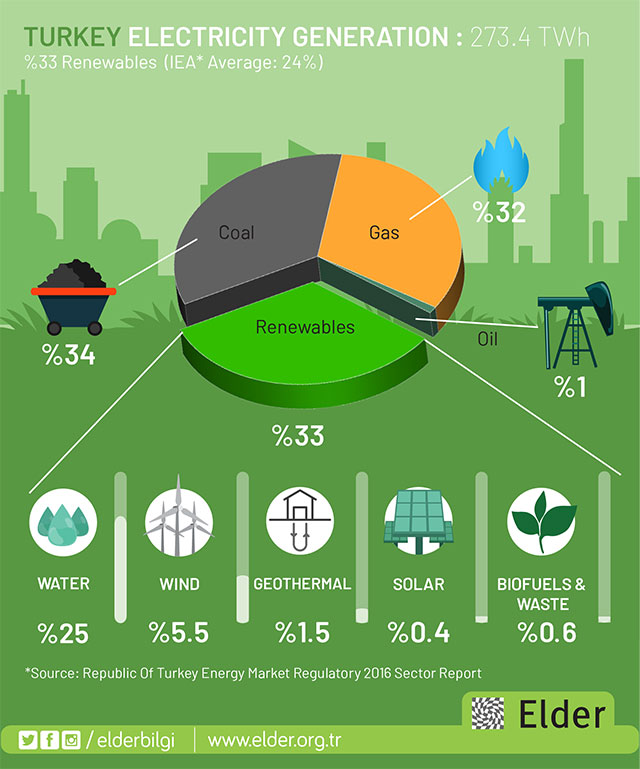The carbon-capture era may finally be starting 
The budget bill that President Donald Trump signed into law earlier this month provides a huge incentive for capturing and storing carbon emissions.
Energy researchers who have crunched the numbers in the days since have concluded that on many projects the boosted tax credit could finally tip the scales for a technology that’s long proved far too expensive.
The provision won’t completely offset the high cost of retrofitting power plants, though it will certainly lower the price tag. But it could make an immediate difference in cutting emissions from a source that’s otherwise very difficult to address: the industrial sector, which produces a significant portion of the greenhouse-gas emissions in the United States.
“I think we’ll see dozens of [carbon-capture] projects appear in the next couple of years that could not have happened otherwise,” says Julio Friedmann of the Energy Futures Initiative, who was previously principal deputy assistant secretary at the US Department of Energy’s Office of Fossil Energy.
Most energy researchers believe carbon capture and storage will need to be a significant piece of any realistic plan to address the growing dangers of climate change. A number of studies have found that without this technology, it’s unlikely the world can prevent temperatures from rising more than 2˚C.
The credit will apply equally to scrubbing technologies, which capture carbon dioxide from power plants and factories, and startups working on ways to pull the greenhouse gas straight from the sky, like Carbon Engineering and Climeworks.
Captured carbon dioxide can be stored under geological formations or injected into drilling sites to draw up the last bits of oil. Researchers and startups are also exploring ways to use carbon dioxide to produce alternative fuels, building materials, and other products. The tax credit is likely to stimulate significant investment in these emerging technologies, Friedmann says.
The measure was sponsored by an unlikely coalition of climate deniers and hawks—notably Senators John Barrasso, a Republican from Wyoming, and Sheldon Whitehouse, a Democrat from Rhode Island—and supported by unions, environmental groups, and coal companies.
Here are the basics: The measure provides a tax credit of $50 for every metric ton of carbon dioxide buried underground and $35 for every ton put to work in other ways. Companies will have six years to begin qualifying projects, and a dozen from the time they begin operations to claim the credits.
An earlier version of the tax credit stood at $20 and $10, respectively, and was capped at 75 million tons, which simply didn’t provide enough long-term certainty to spur many projects.
The estimated cost of carbon capture is about $60 per metric ton for coal-fired plants and around $70 for natural-gas plants, according to a 2015 report from the Office of Fossil Energy. Another $11 goes to transporting and storing the carbon dioxide. So, the tax credit still can’t, in and of itself, offset the costs for the electricity sector today.
But it could make the financial difference for some plants tapping into other sources of subsidies, particularly as the price of carbon capture falls over the next few years, says Matt Lucas, associate director at the Center for Carbon Removal, a nonprofit in Oakland, California.
Moreover, the new tax credit should already be enough to offset the cost of carbon-capture systems at facilities producing things like ethanol, fertilizer, ethylene oxide, and other processed fuels. Those costs range from $9 to $30 per ton, according to an earlier report from the Office of Fossil Energy. In these cases, carbon capture isn’t as expensive because the processes result in higher concentrations of the gas.
Making carbon capture affordable for the industrial sector is critical since there are few affordable ways to clean up many of these businesses, largely because the gas is a by-product of production itself. They’re also major contributors to total greenhouse emissions: ethanol production alone accounts for 2 percent of the nation’s carbon dioxide, while fertilizer production accounts for 1 percent.
Source: MIT Technology Review







